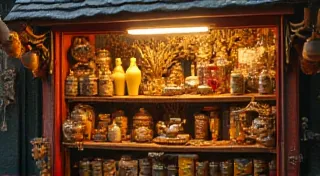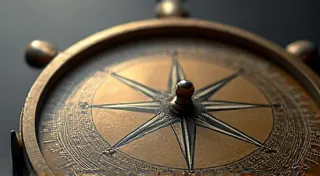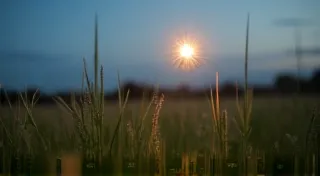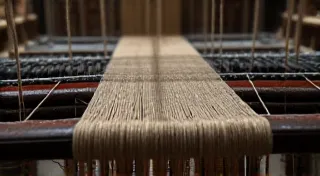The Dance of Dialects: Exploring the Fluidity of Language Boundaries
Think for a moment about an antique accordion. Not the flashy, modern ones you might see in a polka band, but a well-worn instrument, perhaps from the early 20th century, its bellows slightly cracked with age, the keys perhaps a little sticky, but radiating a quiet dignity. It's a physical manifestation of history, of hands that once coaxed melodies from its reeds, of dances held in smoky halls and joyous celebrations in rural communities. Just like that accordion, regional dialects are living artifacts, constantly evolving and reflecting the journeys of people and the landscapes they inhabit. They aren’t static relics; they’re instruments in a continuous, fluid dance.
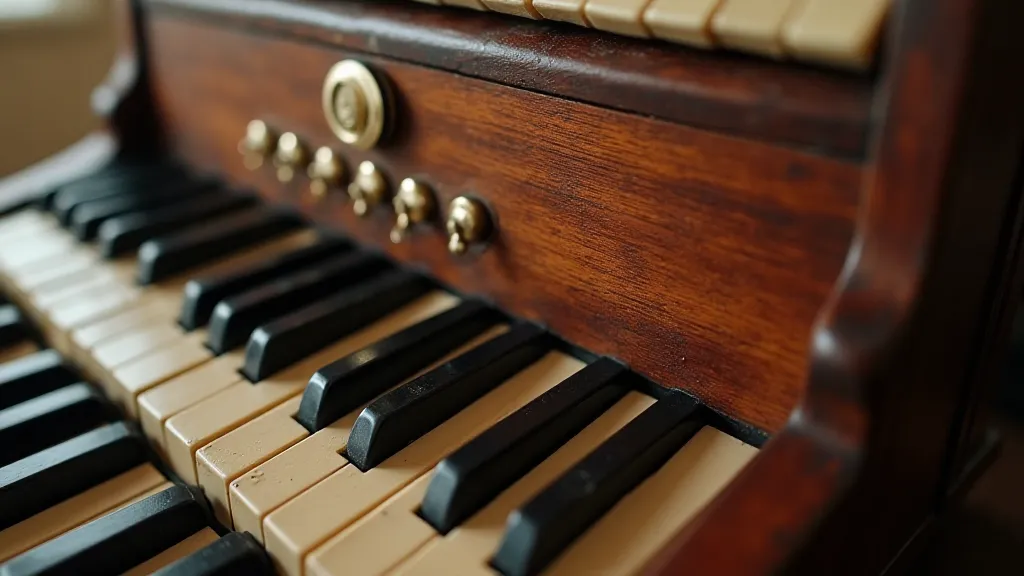
Beyond the Map: The Illusion of Clear Boundaries
We often think of language as neatly compartmentalized – “this is the Southern accent,” “that’s a Midwestern drawl.” Textbooks and linguistic maps reinforce this idea, presenting a tidy arrangement of dialect regions. But the reality is far more nuanced. Imagine trying to draw a precise line separating one musical note from another; the transition is gradual, a spectrum of frequencies blending seamlessly. Similarly, dialects rarely adhere to rigid geographical boundaries. They bleed into each other, intertwine, and borrow characteristics, creating a fascinating mosaic of linguistic variation.
My own experience underscores this point. Growing up in a small town nestled between Appalachia and the Midwest, I absorbed influences from both regions. My grandmother, a native of West Virginia, peppered her speech with phrases and pronunciations distinctly Appalachian. Yet, my father's family, hailing from Ohio, brought their own linguistic heritage. The result wasn't a “pure” Appalachian or Midwestern dialect, but a unique blend, a testament to the constant interaction and exchange of language. This interplay of influences is a central theme explored further in The Loom of Language: Weaving Together Regional Dialects and Narrative Identity, where the connections between spoken language and the stories we tell are investigated.
The Historical Tapestry: Migration, Trade, and Isolation
The formation and evolution of regional dialects are inextricably linked to historical events. Migration patterns, particularly those spurred by economic opportunity or displacement, have been powerful forces in shaping language. The westward expansion of the United States, for example, carried Eastern dialects across the continent, but these dialects didn't remain unchanged. They encountered new influences, adapted to new environments, and gradually diverged from their original forms.
Trade routes also played a critical role. Areas that served as hubs for commerce often absorbed linguistic characteristics from diverse regions. Think of the influence of coastal ports on surrounding communities, or the impact of railroads on connecting isolated settlements. Even the materials used in crafting things – like the wood for a musical instrument – can reveal clues about trade and movement of people. The type of wood used in an accordion's construction, the metal for the reeds, could all indicate origin and trade connections. The ebb and flow of linguistic influence across geographical features has also shaped how dialects converge and diverge, a dynamic relationship examined in more detail in The River's Murmur: How Waterways Shape Linguistic Convergence and Divergence.
Conversely, periods of isolation have also contributed to linguistic distinctiveness. Remote mountain communities, or island populations, often preserve older forms of language that have been lost elsewhere. These pockets of linguistic conservatism offer valuable insights into the history of language evolution.
The Subtle Art of Language Shift: How Language Changes
Language isn’t static; it’s a living organism constantly undergoing change. These shifts can be incredibly subtle, barely perceptible over a lifetime, but cumulatively they can transform a dialect significantly over generations. Think of a meticulously restored accordion – the original craftsman might have intended it to sound a certain way, but decades of use, exposure to different climates, and even minor repairs can alter its tone and character.
One key driver of language shift is contact with other dialects. As people move and interact, they inevitably borrow words, phrases, and pronunciations. Media—radio, television, and now the internet—also plays a powerful role, exposing people to a wider range of linguistic influences. Younger generations, in particular, are often more susceptible to these influences, which can lead to a gradual erosion of older dialect features. Consider how the rise of recorded music impacted the way folk songs were sung - sometimes preserving them, sometimes smoothing out the local distinctiveness. This intersection of technology and language, and its complex impact on regional speech, is a key consideration in understanding the current trajectory of dialectal variation.
Another factor is prestige – the perception of certain dialects as being “better” or more “correct.” This can lead to a conscious or unconscious effort to emulate the speech patterns of those perceived as having higher social status, resulting in a convergence of dialects. It’s a fascinating interplay, where the very tools designed to connect us can inadvertently contribute to the homogenization of language, a point worthy of further consideration.
The Intricacies of Preservation and Change
The preservation of regional dialects isn't simply about halting linguistic change; it's about fostering an appreciation for linguistic diversity. Each dialect holds within it a unique cultural heritage, a story of human migration, adaptation, and resilience. The challenge lies in finding ways to document and celebrate these variations while acknowledging that language is constantly evolving.
Think about the role of oral traditions. Storytelling, folksongs, and local sayings are all powerful vehicles for transmitting dialectal features from one generation to the next. When these traditions are lost, a vital piece of cultural identity disappears with them. Encouraging intergenerational communication and actively participating in local storytelling events are essential steps in safeguarding this invaluable heritage. And, just as a master luthier carefully documents the construction and repair of a valuable instrument, we must adopt a similar approach to documenting and understanding the subtleties of regional speech.
The role of technology is particularly complex. While the internet has undoubtedly accelerated the spread of standardized language, it also offers unprecedented opportunities for documenting and preserving dialectal variations. Online dictionaries, audio recordings, and video interviews can all be powerful tools for capturing and sharing the richness of regional speech. Furthermore, digital archives can provide a lasting record of linguistic change over time, allowing future generations to study and appreciate the evolution of dialects.
The Craftsmanship of Language: A Legacy Worth Preserving
Just as a skilled craftsman pours their heart and soul into creating a beautiful and functional accordion, each dialect represents a unique cultural legacy. The nuances of pronunciation, the cadence of speech, the quirky idioms – these are all threads in the rich tapestry of human expression. While language inevitably evolves, it's important to appreciate and preserve the distinctive character of regional dialects.
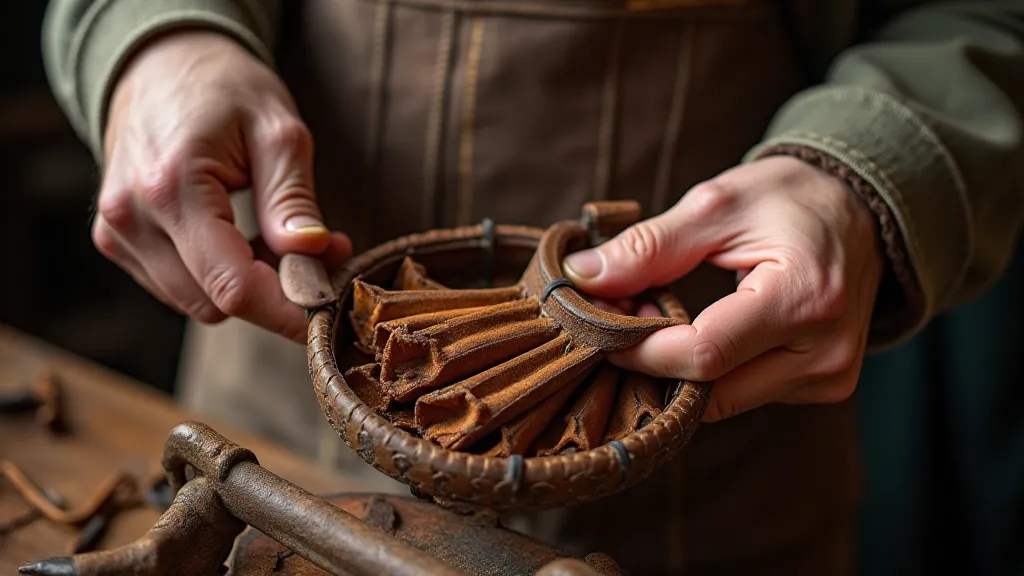
This doesn't necessarily mean resisting change – languages are designed to adapt – but rather recognizing the value of linguistic diversity and celebrating the unique identities that dialects represent. Supporting initiatives that document and preserve dialectal variations, encouraging storytelling and oral traditions, and simply listening with genuine curiosity are all ways to contribute to this effort. It requires a conscious effort to resist the homogenizing forces of globalization and to champion the voices of local communities.
Beyond the Surface: A Deeper Understanding
Exploring regional dialects isn't just about understanding how people talk; it's about understanding the history, culture, and identity of communities. It’s about appreciating the intricate interplay of factors that shape language and recognizing the beauty and resilience of human expression. It's about understanding how social hierarchies, economic forces, and technological advancements have all left their mark on the way we speak. Furthermore, the way we map and represent language can inadvertently reinforce biases and obscure the true complexity of linguistic variation. The act of cartography, and the choices made in how we represent language geographically, can shape our perceptions and influence our understanding. Examining these processes critically is essential for fostering a more nuanced and equitable appreciation of linguistic diversity. This complex relationship between language representation and societal perception is thoughtfully explored in The Cartographer's Tongue: Mapping the Unseen Boundaries of Local Language.
Like an antique accordion, each dialect carries within it a story – a story of migration, adaptation, and the enduring power of human connection. And that, ultimately, is a story worth preserving, a melody worth listening to, a legacy worth celebrating.
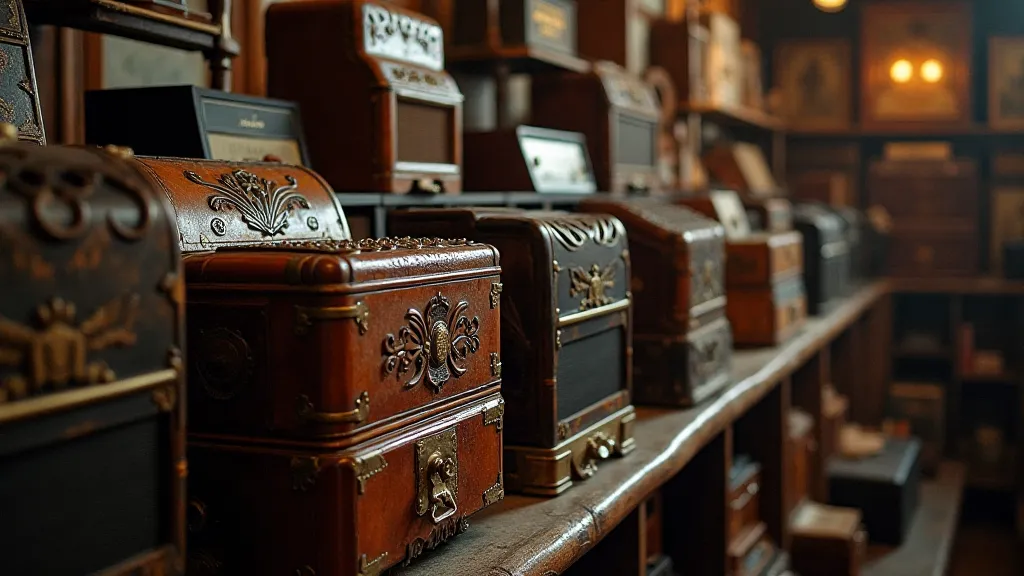
The ongoing evolution of dialects presents both challenges and opportunities. While the homogenization of language may seem inevitable, the persistence of regional variations demonstrates the remarkable resilience of human expression. By embracing linguistic diversity, promoting intergenerational communication, and utilizing technology to document and share the richness of regional speech, we can ensure that these invaluable cultural treasures continue to inspire and enrich our lives for generations to come.


